In pandas iloc vs ix vs loc explanation, how are they different?, it mentions that:ix usually tries to behave like loc but falls back to behaving like iloc if the label is not in the index.
For the example below, when I use ix[0], it does not work, what happened?
Note: As of Pandas v0.20, .ix indexer is deprecated in favour of .iloc / .loc.
